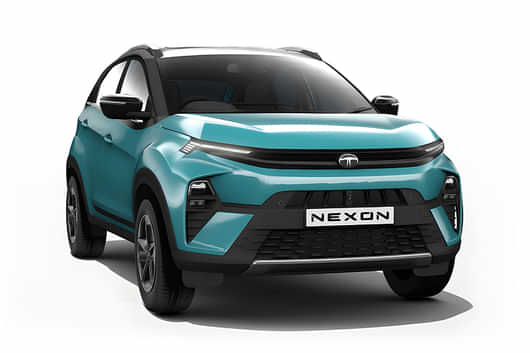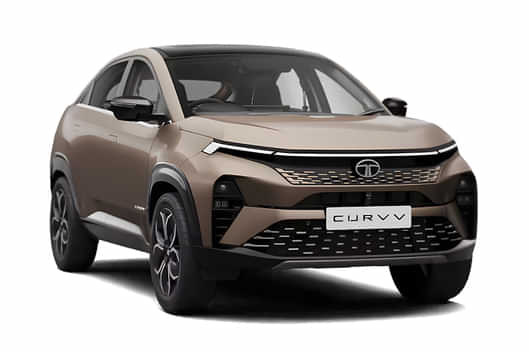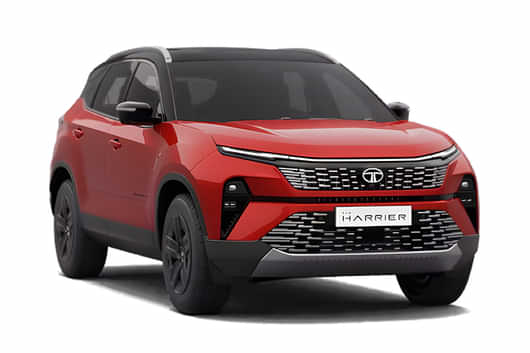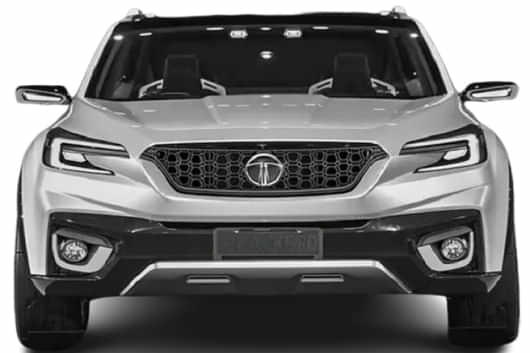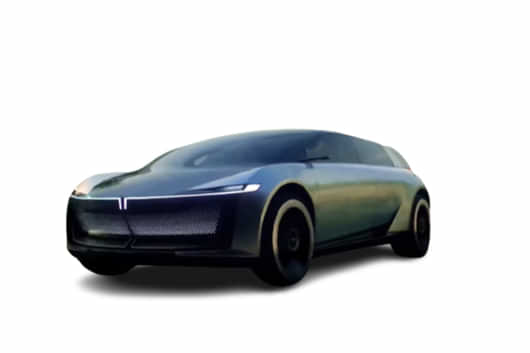
KEY HIGHLIGHTS
- BS6, CNG vehicles only allowed commercially from November
- 2,299 e-autos to be deployed at metro stations
- 18,000 EV chargers to come up across the capital
- Government fleet to switch 80% to clean energy
- Dust and waste control get major tech upgrades
Delhi Government: In a sweeping transformation of Delhi's transport landscape, the city government has declared a ban on commercial vehicles that are not compliant with Bharat Stage 6 (BS6) norms or don't run on Compressed Natural Gas (CNG), starting November 1. The decision, part of the capital's newly launched 2025 Clean Air Strategy, marks a critical shift in how urban mobility and air quality are intertwined.
The crackdown aims to curb one of the city's biggest pollution sources - exhaust fumes from outdated, diesel-powered fleets. From the date of enforcement, only BS6 and CNG-powered commercial vehicles will be allowed within city limits, effectively eliminating older, more polluting alternatives. Check out all the details below and make sure you join our 91Wheels WhatsApp Community to stay updated on the latest automotive news.
Read more: Tata Harrier EV Launched in India At Rs 21.49 Lakh (Intro, Ex-sh): All Details Here
Electrification at the Core

To accelerate the green push, the government will also roll out 2,299 electric autos at key metro hubs, offering cleaner and more efficient last-mile connectivity. This is complemented by an expansive EV charging infrastructure initiative - 18,000 new public and semi-public charging points will be installed at high-traffic areas including malls, airports, and transit hubs.
Delhi Government: Public Fleets to Take Charge

Delhi's own government fleets are leading by example, with a target of converting 80% of official vehicles to electric or clean fuel. A new electric vehicle policy - currently in draft - aims to offer incentives and frameworks for broader private sector adoption.
In protected areas such as city forests and biodiversity zones, only electric vehicles will be permitted going forward, setting a precedent for low-emission zones in urban India.
Tech-Driven & Smart Traffic Management

Smarter traffic is cleaner traffic. Delhi government plans to install automatic number plate recognition (ANPR) cameras at all city entry points to flag unfit, outdated vehicles - especially End-of-Life (EoL) units trying to sneak in. SMS alerts, live signage and biannual audits of Pollution Under Control (PUC) centres will also enhance compliance.
On the congestion front, an intelligent traffic management system is in the works to keep pollution from idling vehicles under control.
Air Cleaning Technologies
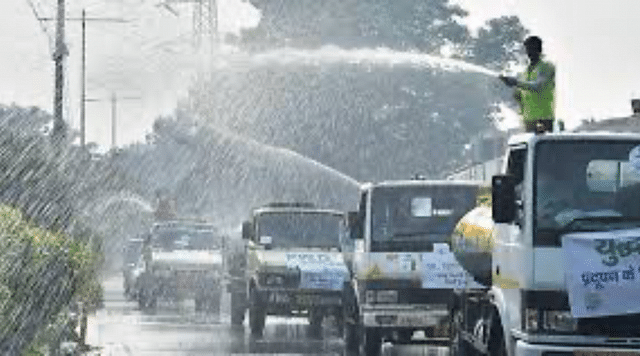
Vehicle bans are only one part of the action plan. Large-scale dust suppression will be executed via 1,000 water sprinklers, 140 anti-smog guns, and mandatory rooftop mist sprayers for high-rise buildings. Additionally, 70 lakh saplings will be planted under a new green campaign launching on World Environment Day.
Delhi is also testing cloud seeding - artificially inducing rain to settle airborne particles - with technical support from IIT Kanpur. This experimental method is hoped to offer relief during peak smog periods.
Waste & Air Monitoring Reform
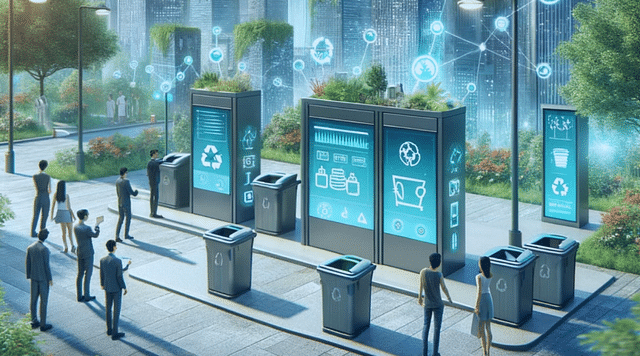
Landfills, another chronic pollution source, are under scrutiny too. The government has set phase-out deadlines for three key landfill sites and is upgrading its waste-to-energy capacities. Six new air quality monitoring stations and an upcoming E-waste Eco Park are designed to plug data and recycling gaps.
Read more: VinFast Makes Its Plans Public: Here's All That The Brand Has for India!
Verdict
Delhi's bold move to ban polluting commercial vehicles and supercharge electric mobility is both timely and visionary. While implementation will test logistics and enforcement, the long-term payoff - cleaner air and healthier citizens - is worth the effort. It signals a growing maturity in India's urban governance, where climate responsibility is no longer optional but absolutely essential.












